Occupational safety training for operating cranes
99,000 ₫
Note: The above price is calculated per person. Prices may vary depending on the number of participants in the course and market fluctuations. For more accurate pricing information, please refer to the pricing table or contact our consulting staff directly.
Occupational safety is an important issue when operating cranes and must be addressed promptly to ensure the health and safety of workers and enhance the reputation of businesses here. The Occupational Safety Training course is one of the effective solutions to raise awareness among workers on how to prevent workplace accidents when operating cranes.
Table of Contents
Toggle1. Overview of Cranes
a. What is a crane?
A crane is an industrial device used to lift and move heavy objects, typically in construction, manufacturing, or transportation environments. A crane consists of a load-bearing frame structure, a system of cables, ropes, or chains for lifting and moving objects, and a control system to manage its operation.
Common types of cranes include fixed cranes, mobile cranes, overhead cranes, and specialized cranes for purposes such as construction, cargo handling, mining, and various industrial applications. Cranes can lift and move loads ranging from a few kilograms to thousands of tons.
Cranes play a vital role in many industries and construction projects, improving productivity and work efficiency while reducing the risk of workplace injuries when handling large, heavy objects that cannot be lifted manually.

b. Applications of cranes in manufacturing
Cranes have many important applications in the manufacturing industry, playing a key role in lifting, moving, and handling heavy and large objects. Below are some common applications of cranes in manufacturing:
- Assembly and machinery production: Cranes are often used to move machine parts and components during assembly and production processes.
- Lifting and transporting raw materials: In the food, chemical, and manufacturing industries, cranes are used to lift and move raw materials and finished products, including crates, cartons, and other packaged goods.
- Mining and ore processing: In mining and ore processing, cranes are used to lift and transport ore from mines to processing or storage areas.
- Handling construction materials: Cranes are commonly used to lift and move construction materials such as concrete, steel, and bricks.
- Warehouse management: In factories and distribution centers, cranes are used to lift and stack goods in warehouses.
- Working in hazardous environments: Cranes are also used in hazardous environments, such as chemical plants, to safely move chemicals or handle waste materials.
- Production and installation of structures: In the production and installation of concrete, steel, and metal structures, cranes assist in moving and lifting large and heavy components.
- Automobile manufacturing: Cranes are used in car production to move parts and position them correctly during assembly.

c. Industries that use cranes
Cranes are used in many manufacturing industries to lift, move, and handle heavy objects. Here are some main industries that utilize cranes:
- Automotive industry: Cranes are used to lift and move car parts and components during assembly.
- Aerospace industry: Cranes are used to move and install aircraft parts during airplane production.
- Shipbuilding industry: Cranes help move and install large and heavy components during ship construction and repair.
- Food manufacturing industry: Cranes are used to lift and move raw materials and food products during production and packaging.
- Chemical industry: Cranes are used to move chemical containers, tanks, and equipment safely during production and transport.
- Pulp, paper, and textile industries: Cranes are used to move and handle paper rolls, fabrics, and related products.
- Electronics manufacturing industry: Cranes help lift and move circuit boards and electronic equipment during production.
- Steel and metal manufacturing industry: Cranes are used to lift and move steel sheets, pipes, and other metal products.
- Construction industry: Cranes are used in building and installing concrete, steel, and other construction structures.
- Energy industry: Cranes are used in building and maintaining power plants, oil and gas structures, and other energy-related projects.
Thus, cranes are versatile and essential tools in many industries, improving efficiency and safety when handling heavy and large objects.
2. Overview of crane operation safety training course
a. What is occupational safety training?
- Occupational safety training for crane operation consists of sessions that provide awareness on preventing workplace accidents. Workers who operate cranes directly belong to Group 3.
- The training course helps workers recognize and avoid hazards, reducing the risk of workplace accidents while working.
REGISTER FOR OCCUPATIONAL SAFETY TRAINING SERVICE
b. Training duration
Initial safety training duration:
- Total training time is at least 24 hours, including testing.
- 8 hours of theory on safety policies and labor hygiene laws
- 8 hours of theory on basic safety and labor hygiene knowledge
- 4 hours of theory on specialized training content
- 2 hours of practical training on specialized content
- 2 hours of theoretical test at the end of the course
The safety training center schedules multiple sessions depending on worker availability, typically 6 sessions over 3 days, provided the company arranges continuous training time.
Periodic safety training duration:
- Before the occupational safety card expires, workers must undergo periodic occupational safety training, with training duration at least 50% of the initial training duration.
Explanation: total periodic training is at least 12 hours, including testing. After completion and passing the test, workers are reissued or renewed with the occupational safety card.
c. Training content
| No. | TRAINING CONTENT | TRAINING TIME (HOURS) | |||
| Total | Including | ||||
| Theory | Practice | Test | |||
| I | Safety policy and labor hygiene law system | 8 | 8 | 0 | 0 |
| 1 | Overview of the legal documents system on occupational safety and hygiene. | 6 | 6 | ||
| 2 | Standards and technical regulations on occupational safety and hygiene. | 1 | 1 | ||
| 3 | Specific regulations of government authorities on occupational safety and hygiene when constructing, expanding, or renovating facilities, and for using, maintaining, storing, and inspecting machines, equipment, materials, and substances with strict safety and hygiene requirements. | 1 | 1 | ||
| II | Basic knowledge of occupational safety and hygiene | 8 | 8 | 0 | 0 |
| 1 | Basic knowledge of hazardous and harmful factors at the workplace. | 4 | 4 | ||
| 2 | Methods to improve working conditions. | 1 | 1 | ||
| 3 | Safety culture in production and business. | 1 | 1 | ||
| 4 | Rights and obligations of employers and employees; safety and hygiene policies; functions of safety staff network. | 1 | 1 | ||
| 5 | Safety rules, signs, instructions, use of safety equipment and personal protective equipment; first aid and occupational disease prevention skills. | 1 | 1 | ||
| III | Specialized training content | 6 | 4 | 2 | 0 |
| Comprehensive knowledge of machines, equipment, substances that create hazardous factors; risk assessment and management; safe working procedures for machines, equipment, and substances with strict safety requirements. | 6 | 4 | 2 | ||
| IV | End-of-course safety content test | 2 | 2 | 0 | 0 |
| Total | 24 | 22 | 2 | ||
See more training content of 6 groups
d. Occupational safety card
After completing the occupational safety training course and passing the test, workers will be issued a safety card (commonly called occupational safety certificate for Group 3).
The Group 3 safety card includes information such as full name, date of birth, job, and specific working environment. It also shows training duration, official stamp, and signature confirming course completion.
According to regulations stated in Clause 2 of Article 24 of Decree 44/2016/ND-CP, there are two cases:
- If the employer and employee have an employment contract, the employer must sign, stamp, and authenticate the safety card for Group 3 trainees after completing the training course and passing the test.
- If the worker is freelance, seasonal, or without an employment contract, the training unit must sign, stamp, and authenticate the safety card after the worker completes the course and passes the test.

3. Hazards When Operating Cranes
Operating cranes can pose many hazards, and to ensure the safety of employees and property, safety rules and measures must be followed. Below are some common hazards when operating cranes:
- Lifting accidents: The risk of improper lifting can lead to falling objects or imbalance, endangering people and property nearby. Accurately determining the weight of objects and using suitable lifting equipment is essential.
- Falling objects: Heavy objects can fall from the crane if they are not lifted, clamped, or secured correctly. This can cause injury or even death.
- Collision: Moving cranes can collide with structures, equipment, or other people if not carefully controlled, causing serious consequences.
- High voltage: Some types of cranes use electricity, and contact with high voltage can result in electric shock or malfunction. Electrical safety rules must be followed when working with electric cranes.
- Working at height: If cranes are used for high-altitude work, the risk of falling can lead to serious injury or death. Operators must use personal protective equipment and comply with height safety regulations.
- Working in hazardous environments: In certain industries such as chemicals or waste processing, cranes may operate in hazardous environments. Adhering to personal protection measures and safety rules is crucial to avoid poisoning or explosions.
- Unsafe worksite: An unsafe worksite can create multiple risks, including inappropriate clothing, low ceilings, uneven floors, or the presence of others in dangerous areas.
To minimize these hazards, crane operator training, adherence to safety rules, and regular crane maintenance are very important. Periodic inspections and maintenance must be performed to ensure cranes always operate safely and correctly.

4. Measures to Prevent Workplace Accidents When Operating Cranes
To control and reduce the risk of workplace accidents when operating cranes, specific safety measures must be applied. Below are some important measures:
- Training: Training is the most crucial factor to ensure crane operators understand safety rules, regulations, and crane operation techniques. They need instruction on inspecting and operating cranes safely, lifting and moving loads, and responding to emergency situations.
- Inspection and maintenance: Cranes must be inspected and maintained regularly to ensure proper operation. Mechanical, electrical, and control systems should be checked to prevent unwanted incidents.
- Load determination: Before lifting any object, operators must determine its exact weight and ensure the crane can safely handle that load.
- Use of personal protective equipment: Operators should wear PPE such as helmets, safety glasses, gloves, and safety shoes.
- Work area classification: Work areas should be classified, ensuring that only trained and necessary personnel can access hazardous zones.
- Access control: Unauthorized personnel are not allowed in crane operating areas while the crane is in operation.
- Compliance with safety rules: Operators must always follow safety rules and guidelines provided by manufacturers and supervisors.
- Work environment check: Ensure the work area is well-lit, non-slippery, and free from hazards such as dangerous waste or fire risks.
- Pre-operation inspection: Operators should check crane conditions before operation, including lifting equipment, cables, ropes, or chains.
- Emergency response: Operators must know how to respond to emergencies such as power outages, fires, or crane malfunctions.
- Documentation and reporting: All incidents or potential hazards must be documented and reported to management for corrective actions and future prevention.
- Periodic inspection of cranes helps identify safety issues such as mechanical faults or wear, thereby reducing workplace accident risks.
5. Benefits of Workplace Safety Training
An Toan Nam Viet provides your business with the following benefits upon completing workplace safety training courses according to Decree 44/2016/ND-CP on Occupational Safety and Health:
- Employees can recognize potential accident hazards and take preventive measures to avoid workplace incidents.
- Businesses can establish risk prevention measures in production, operation, and maintenance processes.
- Reduce costs associated with potential workplace hazards.
- Continuous production increases labor productivity and product quality.
- Compliance with occupational safety laws reduces legal risks.
- Enhances professionalism and company reputation, boosting brand value.
Nam Viet’s training courses are solutions to prevent external hazards from affecting individuals, helping them avoid injuries or even fatalities.
REGISTER FOR WORKPLACE SAFETY TRAINING SERVICE
6. Customer Feedback After Completing Training
An Toan Nam Viet has many years of experience accompanying businesses in Vietnam, particularly in southern provinces. This responsibility is invaluable, which is why Nam Viet prioritizes professional workplace safety training. Positive feedback and suggestions from businesses have motivated Nam Viet’s growth. Below are testimonials from our clients.
See more customer interviews after using our services at An Toan Nam Viet
7. Nam Viet Workplace Safety Training Competence
An Toan Nam Viet is a reputable and quality workplace safety training center in Vietnam. Training sessions are held continuously at factories, production sites, or construction sites nationwide (all 63 provinces).
REGISTER FOR WORKPLACE SAFETY TRAINING SERVICE
Occupational Safety Training License
- An Toan Nam Viet has been inspected and certified by the Department of Occupational Safety of the Ministry of Labor – Invalids and Social Affairs, confirming our qualifications to provide occupational safety and hygiene training, reinforcing our training capability.

Training Materials and Lectures
- All training materials are reviewed before inclusion in safety training courses to ensure knowledge accuracy and effectiveness.
- Instructors follow standardized teaching methods developed by An Toan Nam Viet, based on expert research to maximize knowledge absorption.
Facilities
- Controlling classroom conditions enhances teaching efficiency and student comprehension.
- Our training facilities are spacious and meet standards for area, lighting, and equipment.
8. Nationwide Reputable Safety Training Center
At An Toan Nam Viet, we prioritize professional workplace safety training. Teaching workers to protect themselves is part of nation-building. We meticulously prepare tools, teaching equipment, curriculum, materials, sound, and lighting for effective training.
Our instructors are experienced experts, some with research identifying hazards across industries and how to prevent them. Lectures are practical and engaging, helping workers comfortably absorb knowledge, aligned with Decree 44/2016/ND-CP.
Our training center is proud to offer reliable, professional workplace safety training with the following advantages:
- Competitive training costs while ensuring quality.
- Flexible schedules tailored to production needs.
- Fast and legal certification procedures.
- Experienced instructors.
- Controlled classrooms to enhance teaching and learning efficiency.
- Lectures adapted to occupational safety in businesses.
- Dedicated, professional support for clients.

9. Additional Workplace Safety Training Materials
1 review for Occupational safety training for operating cranes
No comments yet

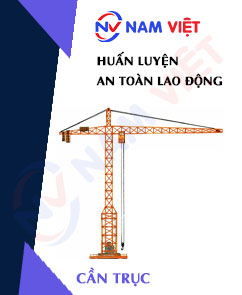
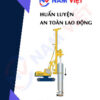
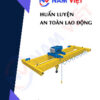




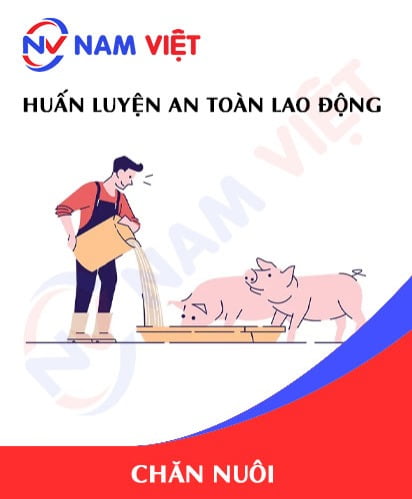
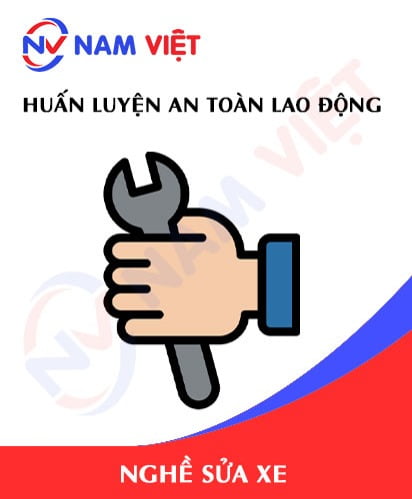
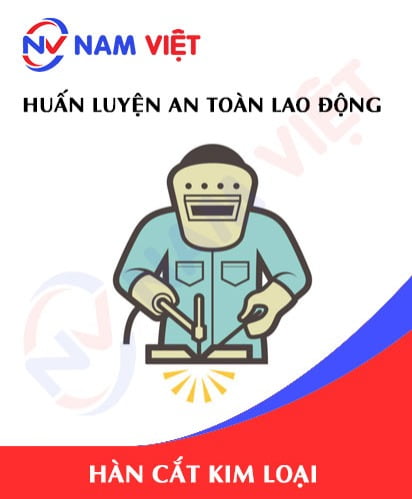


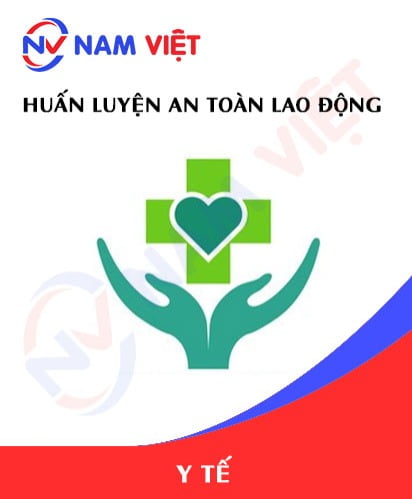
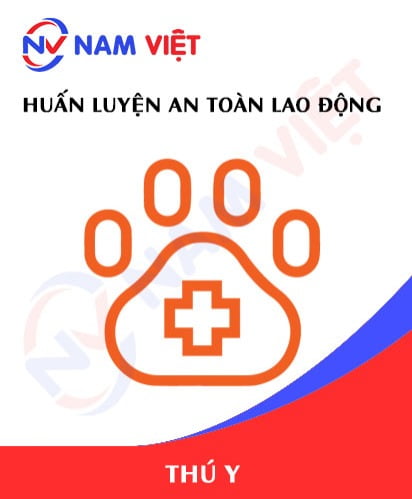
phanminhhang341
Trung tâm huấn luyện an toàn lao động chuyên nghiệp ở Việt Nam nha